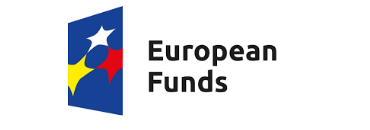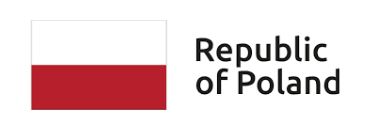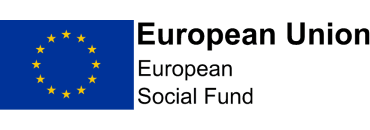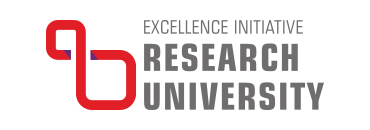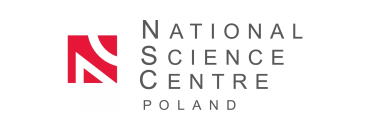Naturality of Heegaard Floer homology
- Speaker(s)
- Andras Juhasz
- Affiliation
- Cambridge University
- Date
- April 20, 2012, 10:15 a.m.
- Room
- room 5840
- Seminar
- Seminar of Dynamical Systems Group
We show that the various Heegaard Floer homology invariants are natural. Heegaard Floer homology, as defined by Ozsvath and Szabo, assigns an Abelian group to a 3-manifold, and is well-defined up to isomorphism. The construction of the invariant depends on a number of choices, including a Heegaard diagram of the 3-manifold. To obtain 4-manifold invariants out of this, one has to introduce maps induced on Heegaard Floer homology groups by cobordisms. For this, it is necessary to have a completely functorial map assigning a concrete group to each 3-manifold. This is also necessary to talk about the contact element in HF, and to define a diffeomorphism action.
The ingredient missing from the original construction of Ozsvath and Szabo is defining a "canonical" isomorphism for pairs of diagrams where the Heegaard surfaces are embedded differently in the 3-manifold Y . Loosely speaking, Heegaard diagrams correspond to gradients of Morse functions on Y, and the space of these has non-trivial fundamental group. We give a generating set for this group via a careful analysis of the bifurcations of 2-parameter families of gradient vector fields of smooth functions on 3-manifolds, and show that HF has no monodromy around each generator. This is joint work with Peter Ozsvath and Dylan Thurston.
 You are not logged in |
You are not logged in |







